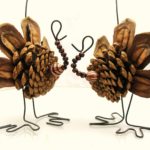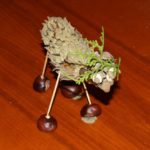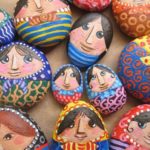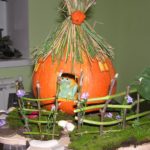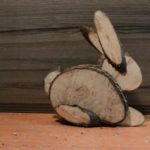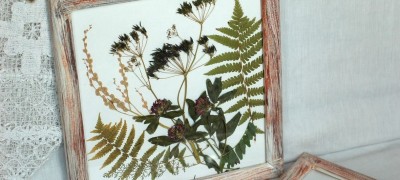DIY crafts from natural materials
DIY crafts from natural materials are a great opportunity to make your home more comfortable. The main advantage is the availability of the material, and the versatility of the final result - such a hand made will ideally complement the interior in any style.

Popular materials
The season for harvesting natural materials for handicrafts is summer and autumn. It was at this time that the craftswomen have the opportunity to collect a maximum of various and very useful little things that are indispensable for creating masterpieces. However, in winter it can be helpful to look around and grab something.
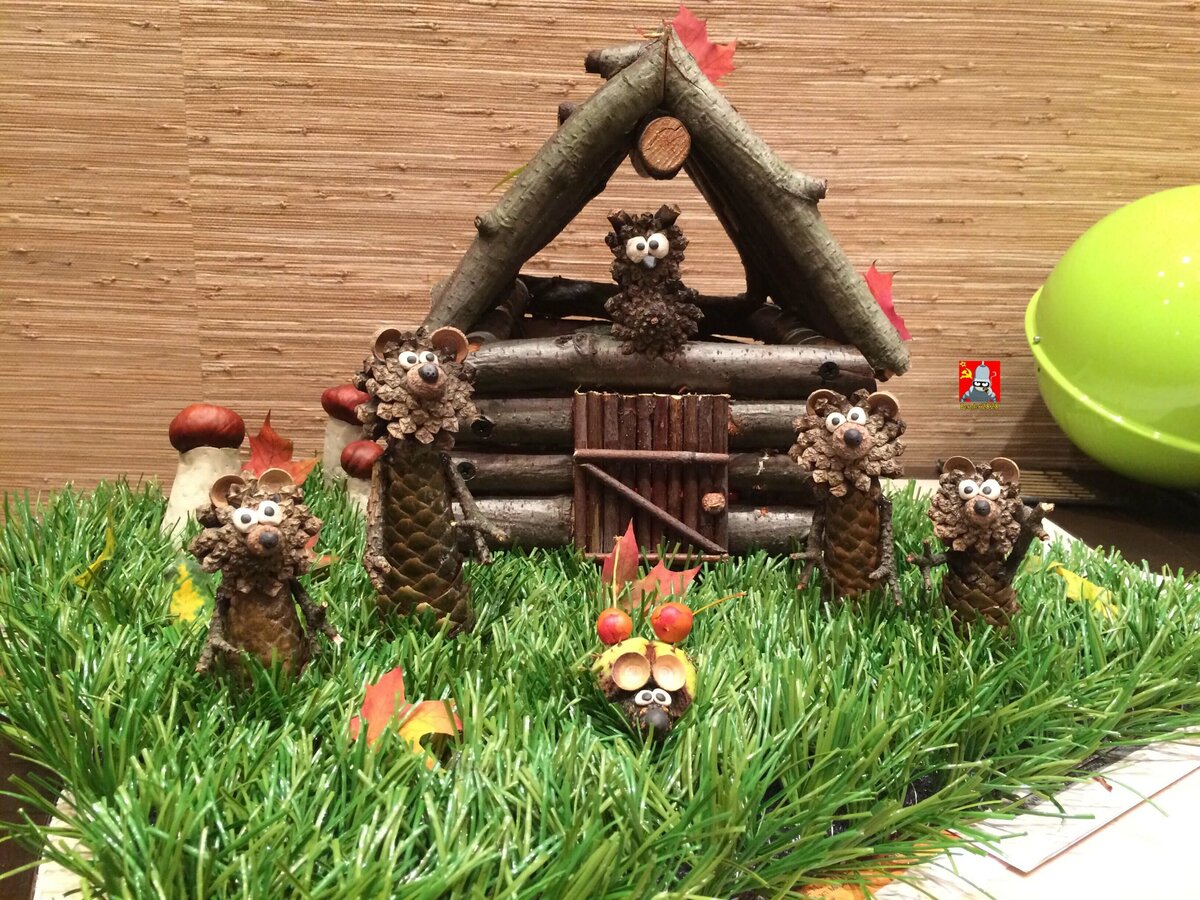
The most common natural materials are:
- Cones;
- Sea pebbles;
- Seeds and fruits;
- Leaves;
- Shells;
- Feathers.

In addition to freshly collected natural gifts and herbariums, the following materials and tools may be useful to you:
- Sewing needles;
- Pencil and ruler;
- Sharp awl and scissors;
- Brushes, glue (PVA and glue stick), paints;
- Clips and clothespins;
- Thick leaf drying books;
- Plasticine;
- Plastic;
- Threads;
- Paper and cardboard;
- Wire;
- Felt;
- Ribbons, beads, sequins.
Probably, every craftswoman, if she wishes, will be able to supplement this list with a couple of necessary little things.

How to prepare material for work
There is an important nuance in working with natural materials: they need to be properly prepared. Otherwise, there is a risk that the finished souvenir will become covered with mold and begin to emit an unpleasant odor. Therefore, it is important not only to find and collect beautiful and unusual elements, but also to dry them well and correctly. Leaves and grains are placed between the pages of thick books. Birch bark, oak bark and other elements that you want to make flat are dried under a sheet of hardboard, placing a load on it.

If for future masterpieces you need hawthorn twigs with berries, mountain ash, poppy stalks with boxes, then it is better to dry them in a suspended state, then they will retain the shape you need.
The flower heads are dried by placing them in a container of sand. Straw, angelica and hogweed stems are best dried outdoors under a canopy, and remember to turn them over periodically.

Forest moss, cones, acorns and chestnuts are laid out on the newspaper in a dark place and turned every day. Well, in order for fish bubbles and scales, egg shells and snail shells to become suitable for home art, they are washed well and dried in a shady place.
Chestnuts
Horse chestnut fruits are used for handicrafts.They ripen in August - September, and you can find them on the streets of any city. Chestnuts of the correct shape are ideal for crafts, but the size can be different. These fruits are dried by spreading a thin layer on newspapers in a cool dark place, turning once a day. In about 10-15 days, the material will be ready for use.

Acorns
Acorns are the fruit of an oak tree, and depending on the species, they vary in color, size and shape. This "material" can be collected from August to early October (it all depends on what kind of autumn). The main thing is to choose whole fruits. Inspect each acorn carefully so that there are no broken or damaged by insects among them, and also that there are no signs of germination. Freshly picked fruits are washed well (if necessary, even with a brush), gently wiped and left to dry, spread out on a towel or paper. Then, heating the oven to 50-70 degrees, place acorns in it, and fry with the door open for one and a half to two hours. During this time, the acorns need to be mixed three to four times.
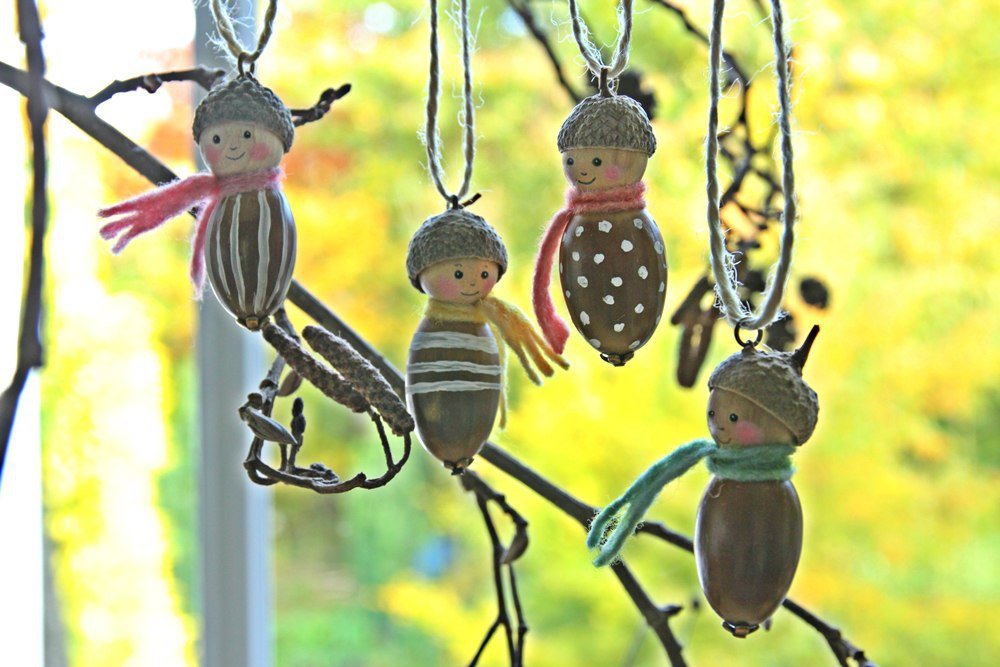
Acorns are ideal for making figures of people and animals, with their "participation" you get beautiful photo frames. The "crumbling" curtains made of acorns very effectively complement the interior. Finally, it is from acorns that it is best to make doll dishes, the "sets" are very natural.

Cones and needles
Alder, spruce, cedar, larch and pine cones are harvested either in spring or in mid-autumn. If the seeds are inside and covered with scales, then the buds are still wet and will open after drying. Place them in a vinegar and water solution before drying to remove insects. And to get rid of the resin, use alcohol and cotton swabs. If you need closed cones for crafts, then they are completely dipped in wood glue before drying.

There are several ways to dry your buds:
- On the street under a canopy. Cones are placed in a thin layer on a newspaper in lattice boxes (nets or baskets) and left for 15-20 days.
- In a frying pan or baking sheet in the oven with the door open. Dried for an hour.
- In the microwave. You need to take a large plate, cover it with a paper napkin, lay out the cones. The process takes less than five minutes and needs to be monitored.
The needles are dried suspended directly from the branches.

Nuts
Walnuts are usually sold dried. For crafts, only the shell is used. It is better to separate it from the kernel with scissors or a convenient knife, since you risk crushing the shell with a hammer.

If fresh fruits fall into your hands, then they are first peeled off (this should be done with gloves, otherwise you risk hopelessly getting your hands dirty). It is better to dry such nuts on a tarp in the open air (if the weather is sunny) for 2-3 days. If you are not lucky with the weather, then you will have to dry the nuts in the attic in lattice boxes, and this process will take about a week.
Alternatively, you can use a rustic stove, oven, or even a special vegetable dryer to dry the nuts.

Leaves, flowers, seeds
The main condition: leaves and flowers must be picked in dry weather, in summer or autumn.The leaflets are put into an old book, an additional press is created from other books and left in this state for a week or two. Another option for drying the leaves: put between two sheets of thick paper and iron with an iron. Most often, the compositions use maple, birch, rowan leaves, as well as leaves of fern, currant and nettle.

If you like to use dill, star anise, pumpkin, watermelon, apples or sunflower seeds as a material for creating decorative paintings or panels, then they need to be prepared for work as follows: spread out on a newspaper and leave in a dark, well-ventilated place. Peas, beans and beans are first "freed" from the pods. Any seeds can be dried in a regular vegetable dryer or oven.

Roses, asters, garden immortelle (any voluminous flowers) are first calcined in the oven and then placed in the sand. And flowers for flat panels (lilies of the valley, chamomile and lilac) are dried, like leaves, in a book.

Grass, moss, poplar fluff
Poplar fluff is harvested at the beginning of summer, but it is stored all year round, if the right conditions are created for it: a cool temperature. Important: Down is highly flammable, so keep away from possible fire. Most often, fluff is used to create "snow" on crafts with a winter theme.
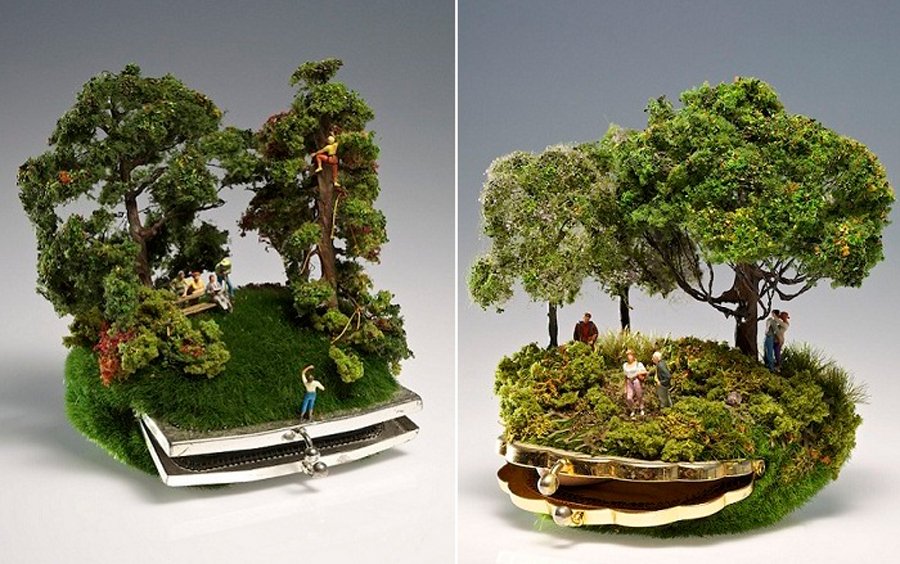
The moss is carefully squeezed out so that there is no excess moisture, and dried on a newspaper at room temperature. You can also leave the moss under a canopy in dry weather. Grass, straws and lichen are dried as well.
Bark, twigs, wood cuts
If you need a flat bark, then it is cleaned of dirt, and then wrapped in paper and dried, pressing it with thick books or other load. The optimal weight of the press is 5-7 kg. And in order to destroy parasites, the bark must be placed in boiling water for a few minutes.
It is recommended to cut the bark from healthy and strong trees so that such an "operation" is not fatal for them.

Cuts from a tree are made when the movement of juices is minimal - from October to February. And it will take less time to dry such material. In order to remove intercellular juice as soon as possible, the pieces of wood are boiled for several minutes, then laid out in a cool room on a concrete floor (this is ideal), or on several layers of newspapers. Turn the cuts every couple of days. You can dry the pieces of wood in the oven or on the battery. If immediately placed in a hot environment, they will crack. Also, the bark must be removed from the cuts.

After collection, branches, sticks, driftwood are carefully examined, rotten and damaged by pests are removed and dried in a warm, dry place, without access to direct sunlight. Branches with buds are harvested in spring. And the roots are carefully dug out, trying not to damage, cleaned from the ground and dried for one to three weeks, depending on the thickness.
Shells and pebbles
The stones are cleaned of sand with a stiff brush, washed with water, sorted by shape, color and size. You can dry them in any way: on newspapers, near the battery, in the oven or with a hairdryer.

And the shells are recommended to be boiled before drying in order to remove all organic residues. And then dry at room temperature by spreading out on the newspaper.
Sand
The best for handicrafts is coarse river sand.But if it is not available to you, use what is at hand - from the nearest sandbox or construction site. The sand is sifted through a fine sieve, washed well, and then calcined on a baking sheet, stirring constantly.

Eggshell and feathers
For crafts, you can use shells from different eggs: chicken, duck, quail, ostrich and others. To get rid of the contents, small holes are made in the eggs on both sides and the white and yolk are "blown" into a cup, or "taken out" with a syringe. After that, the inside is rinsed with water.

When collecting feathers, remember to get them from poultry, as wild birds can carry infectious diseases. It is not necessary to wash the feathers; it is enough to dry them well with a hairdryer, while fluffing them up. By the way, you can often find already processed feathers of peacocks and parrots on sale.
Natural Crafts Ideas
Unusual interior items are made from branches and twigs: chandeliers, photo frames, lampshades, wall lamps.
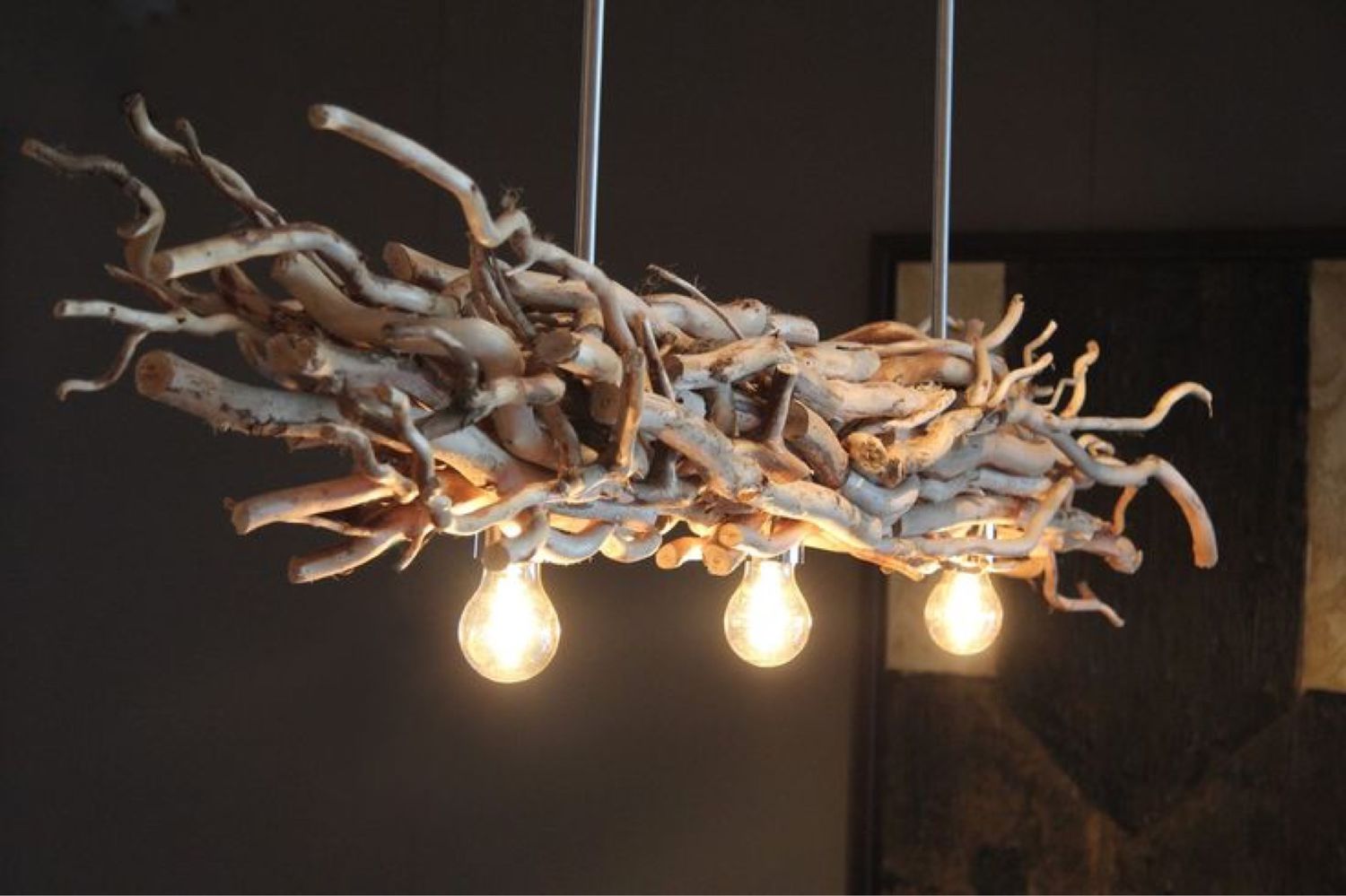
Coffee beans, beans, peas and lentils are perfect for creating original panels. Moreover, it is not at all necessary to make a picture with a clear and understandable plot to all, even an abstraction in this performance will decorate your room or kitchen. By the way, very often transparent bottles of an unusual shape are simply filled with multi-colored seeds, and this is a very effective decor for the kitchen.

And from sea pebbles of various shapes, spectacular pots with cacti are obtained. To do this, pebbles, previously painted in green, with white dots imitating thorns, will be placed in an ordinary small pot.

It is obvious that very original crafts and decorations can be made from natural materials. And do not be afraid to implement the most daring ideas. Well, if it seems to you that your own imagination is not enough, use ready-made ideas. Any hand-made thing will make your home cozier and warmer.
VIDEO: Autumn composition from natural materials.



